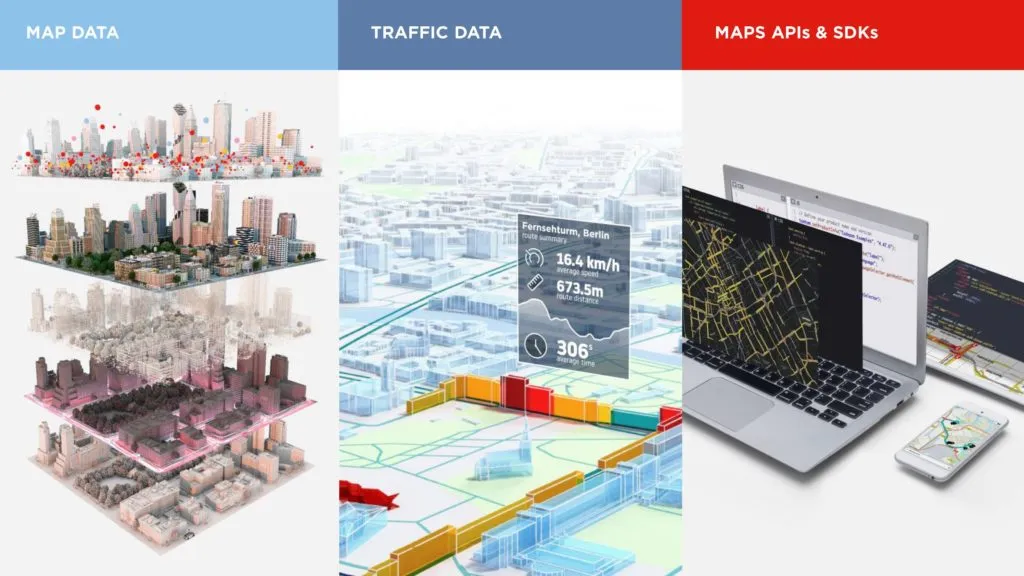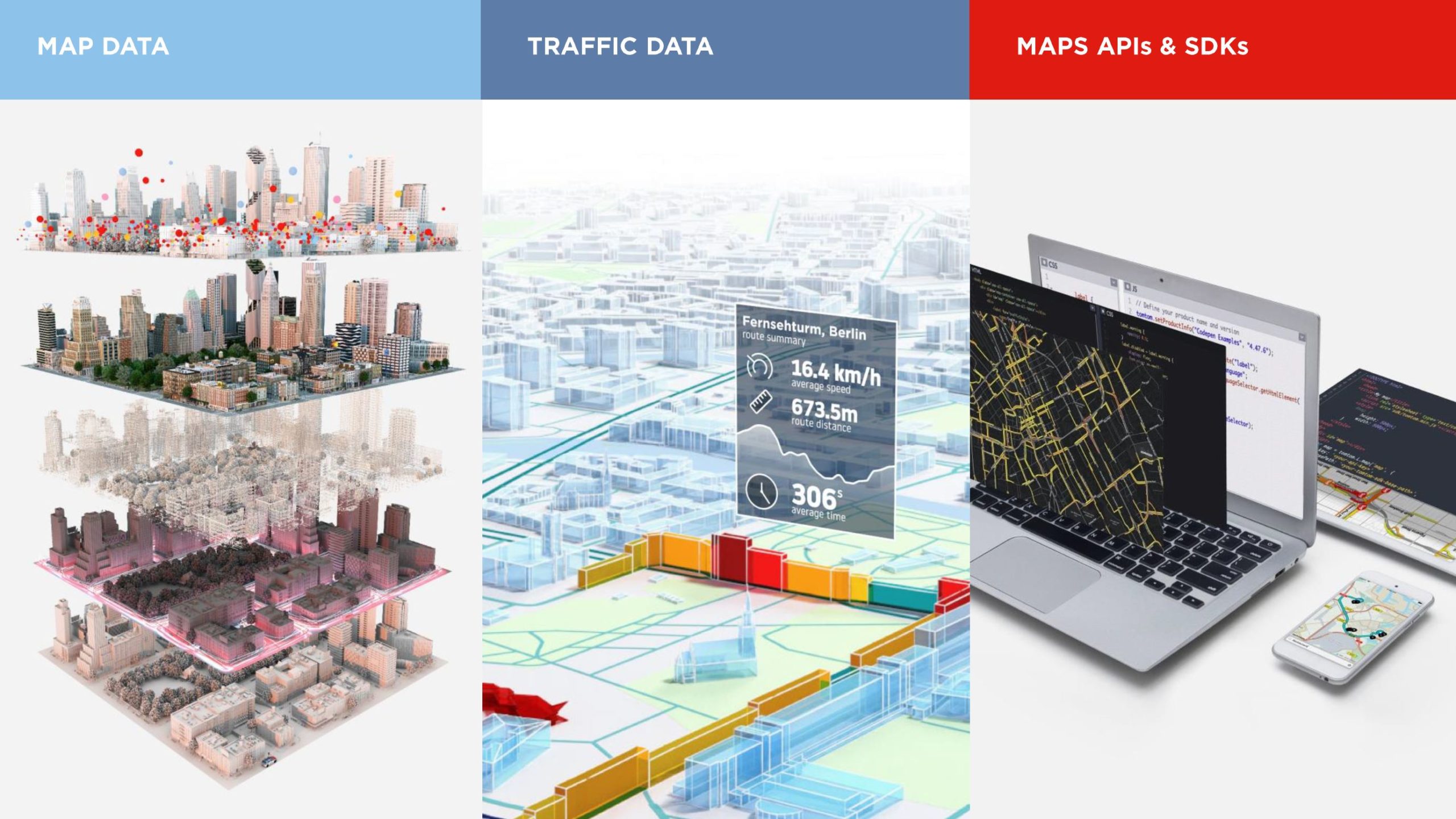
What are the key barriers and challenges in achieving sustainability in Transportation and Logistics?

Transportation and logistics account for over a quarter of greenhouse gas emissions around the world and plays an essential role in the current climate crisis. Still, for many industry players, it is still hardly uncharted territory. Sustainable transportation and logistics aim to lower the ecological footprint of its tasks, such as CO2 emissions, noise pollution, and accidents. To achieve it suppliers must look for a balance between financial growth, environment care, and the health of society.
Many companies in the sector have set sustainability objectives but typically fall far short of their potential. At the same time, the environmental regulations are becoming more and more strict and transportation and logistics companies must make their tasks increasingly more sustainable to meet these regulations, net-zero commitments and improve their social responsibility to consumers.
During the recent Geoawesomeness Digital Meetup on sustainable transportation and logistics, we have invited four speakers representing different industry players to discuss the key barriers, challenges and solutions relevant for achieving the ESG objectives.
Our first speaker was Andrea Schön, Head of Business Sustainability and Customer Consulting from DB Schenker. Andrea shared some insights on ESG corporate strategy and roadmap to achieving carbon neutrality by 2040. She discussed challenges related to the introduction of various eco-products and services as well as barriers related to carbon reporting, carbon accounting and green fuels.
The second speaker was Maciej Starzyk, Vice-director from PwC focused on Transportation and Logistics. Maciej discussed top forces transforming transportation and logistics in the post-lock-down reality. He discussed ESG aspects and the role of technology and digital transformation in achieving the sustainability objectives.
Out 3rd speaker was Anna Nijhuis, Product Marketing Manager from TomTom who talked about the location technology aspect in the sustainability-driven supply chains. She discussed in detail the most relevant industry trends and technology solutions. She analyzed methods of mitigating some of the major urban logistics challenges including digitalization, drivers’ shortage, congestion, emissions and infrastructure changes.
Our last but not least speaker was Roy Matalon, Head of Business Development
@Fernride. He analyzed teleoperations solutions and their impact on sustainability in Transportation and Logistics






